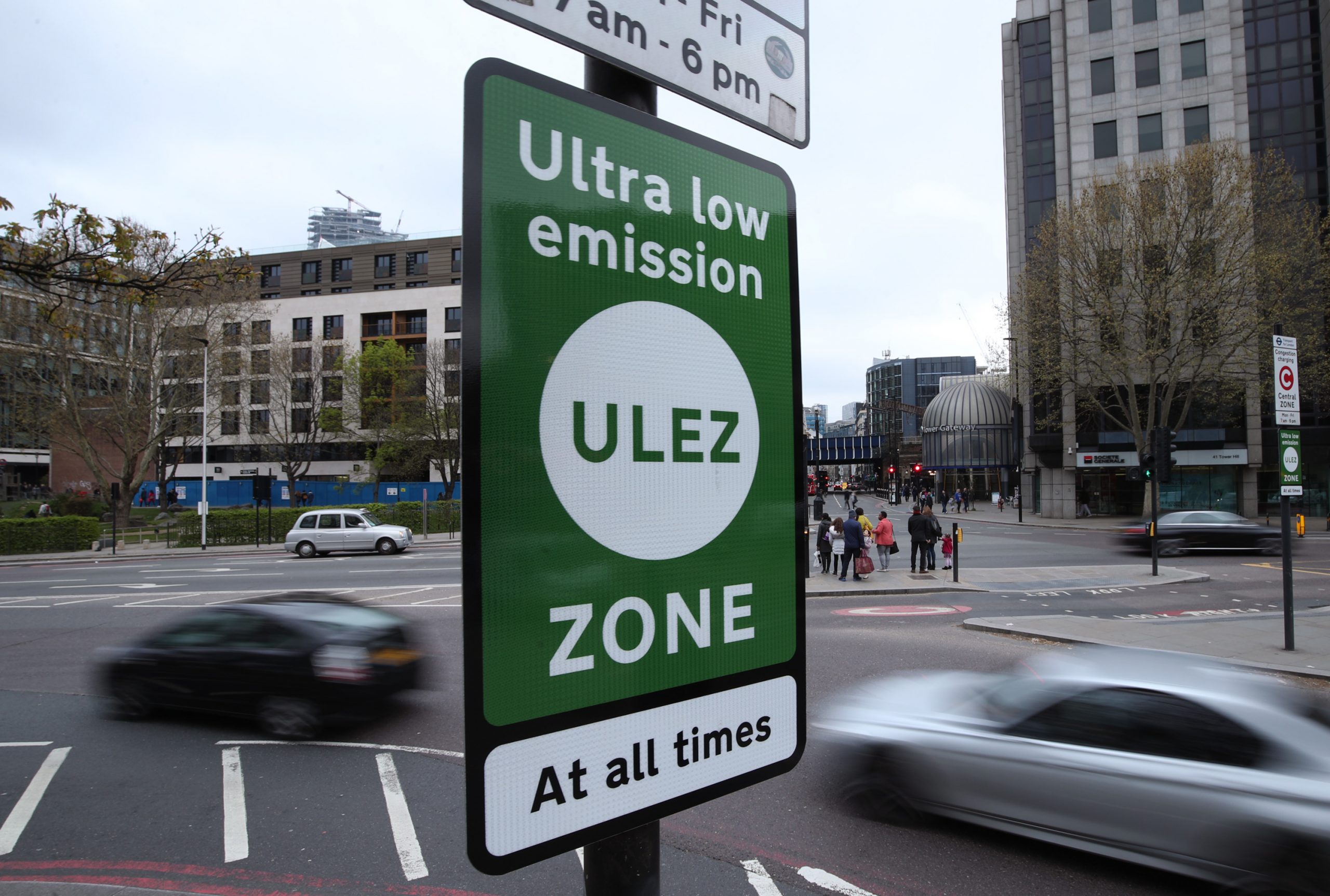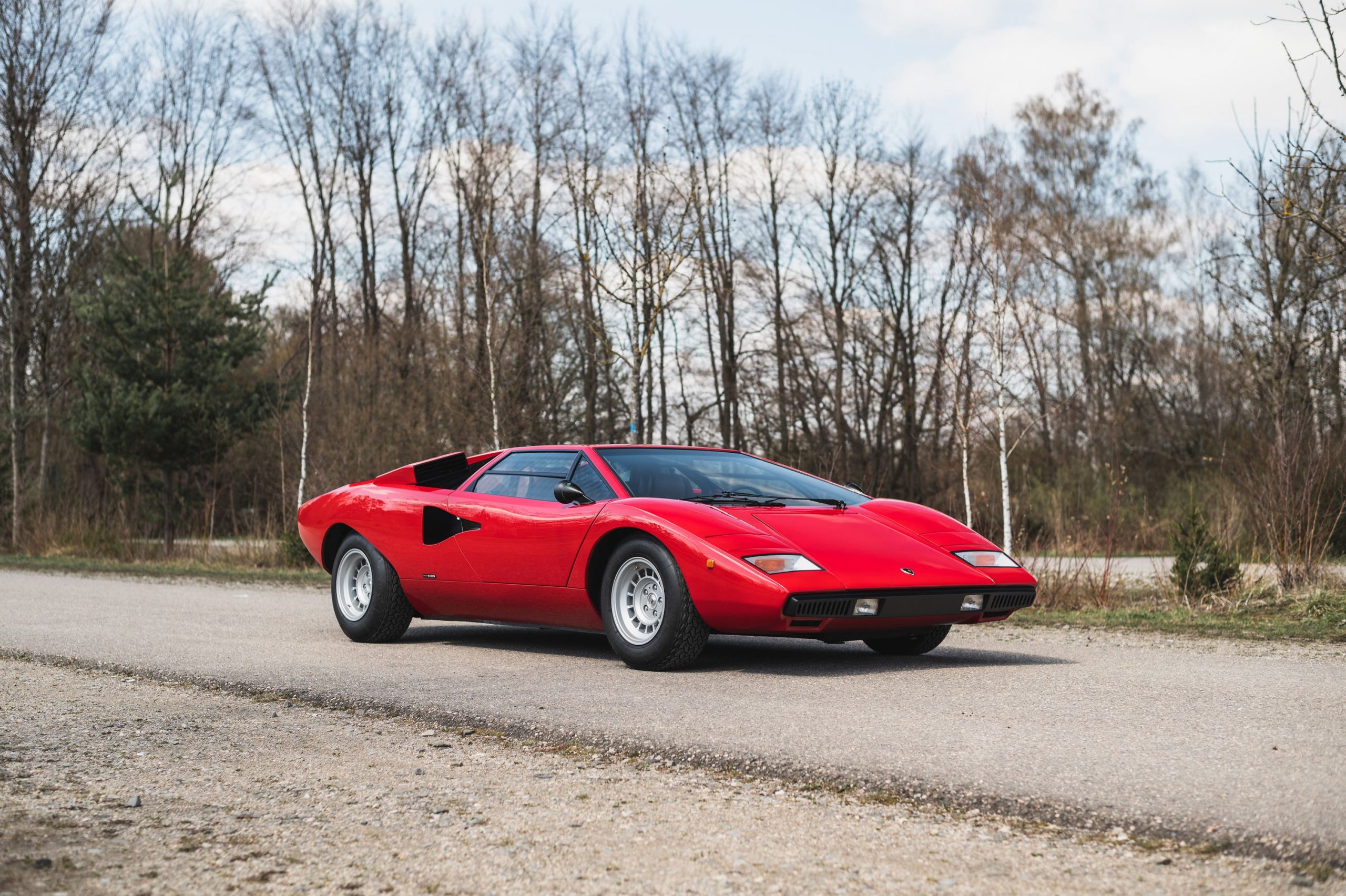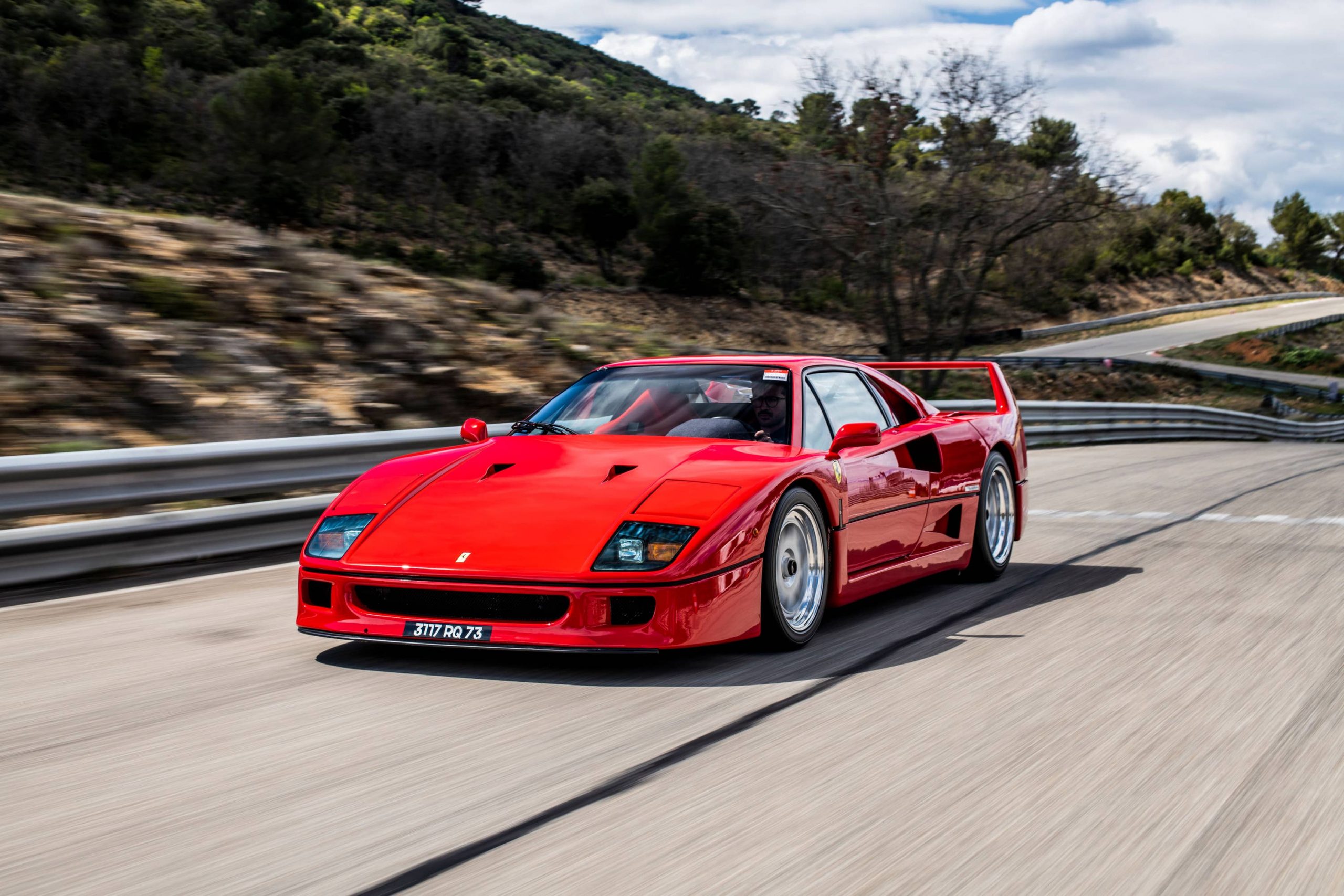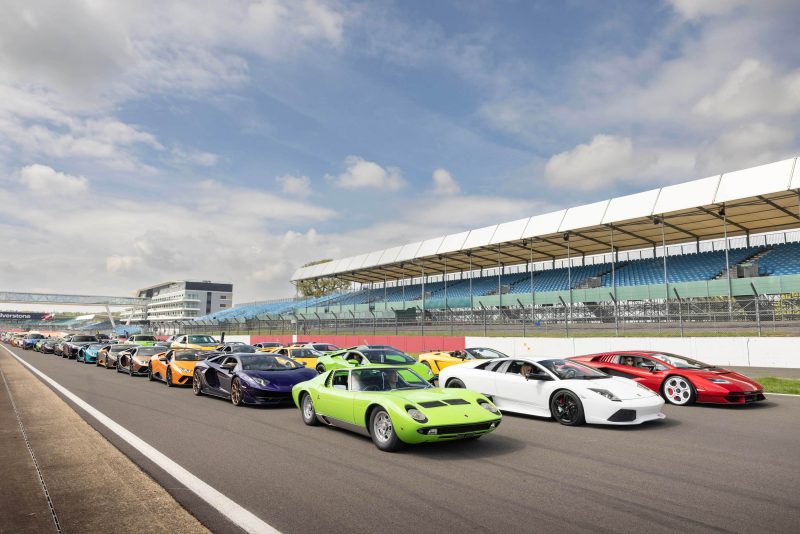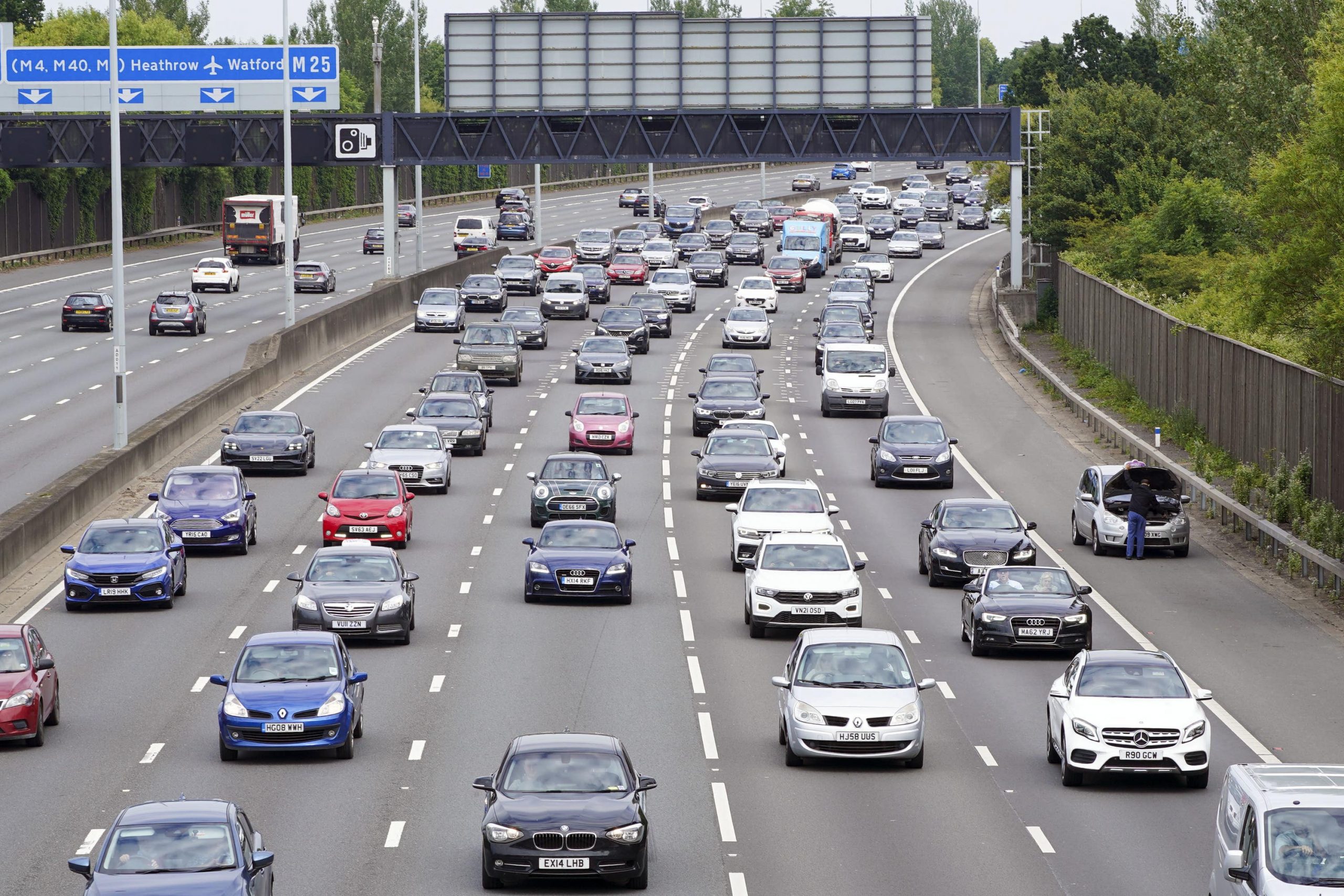An expansion for London’s ULEZ scrappage scheme has been announced, allowing more people to receive financial support to transition away from more polluting vehicles.
Introduced by London’s mayor Sadiq Khan today, the move will allow all those receiving child benefit and small businesses registered in London with fewer than 50 employees to gain support for a new vehicle ahead of the ULEZ’s expansion in August.
London-based charities that want to scrap or retrofit up to three vans or minibuses can also apply. Retrofitting would see an existing vehicle brought up to current emissions standards, though not all models are able to do this.
The Mayor of London, Sadiq Khan, said: “The majority of vehicles in London are already ULEZ compliant and will not have to pay anything. But I completely understand the concerns of people who may not have a compliant vehicle and are worried about how they’ll make the transition.
“Anyone receiving child benefit and all small businesses in London will now be able to apply for thousands of pounds of support from the end of July. The current scheme can already help couples in London earning up to £40,000 per year, and the expanded scheme will be open to all families claiming child benefit, which supports those earning under £50,000 the most.’
The ULEZ is set to expand on August 29, with the RAC estimating that the move will see nearly 700,000 car drivers face a daily £12.50 charge if their vehicle doesn’t meet emissions regulations. The new borders for the ULEZ will extend to Buckinghamshire, Essex, Hertfordshire, Kent and Surrey.
The current scrappage scheme was originally launched back in January, with a £110m fund setup to support London-based smaller businesses, sole traders and charities, lower-income drivers and those with disability allowances to transition to ‘greener’ cars.
Khan added: “Expanding the ULEZ was an incredibly difficult decision for me. But with toxic air damaging the health of millions of Londoners and the need to tackle the climate crisis, I believe the cost of inaction would simply be far too high a price to pay.”

